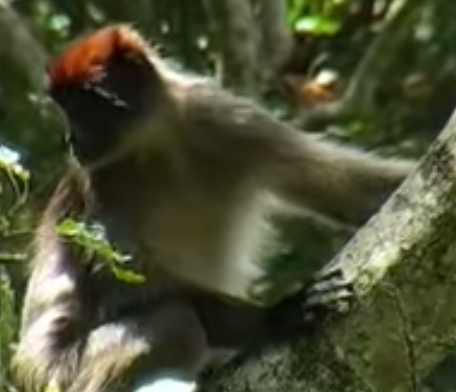In a groundbreaking new research, scientists have warned that more than half of the world's known primate species are now facing the threat of extinction.
The results of the new study was published in the biannual Primates in Peril: The World's 25 Most Endangered Primates. It revealed that a large portion of the 703 currently identified primate species and subspecies are currently in danger of becoming extinct due to large-scale habitat destruction particularly the burning and clearing of tropical forests to make way for farming and construction. The rampant illegal trade of these animals was also identified as another major contributor to the increasing decline in their numbers.
Several species in the list, such as the Sumatran orangutan, has long been known to be endangered. However, these are now joined by species that have recently been identified to also face the same threat, such as the Philippine Tarsier and the Lavasoa Mountains dwarf lemur found in Madagascar.
In his report to the International Union for the Conservation of Nature (IUCN), Primatologist and Bristol Zoological Society Director of Conservation Dr. Christoph Schwitzer said that some of the species have very small populations left in the wild. The Hainan gibbon, for instance, is estimated to only have 25 individuals left in the wild, making it critically endangered, The Star reported.
Schwitzer said that the results of the study highlighted the extent of the danger many primates species are facing. He added that the study will be able to bring to public attention the lesser known species also at the brink of extinction. Some, like the Lavasoa Mountain dwarf and the Roloway monkey from Ghana and the Ivory Coast, have just been recently discovered by researchers.
IUCN Species Survival Commission chairperson Russell Mittermeier expressed his hope that the report would persuade governments to pursue "desperately needed conservation measures."




























